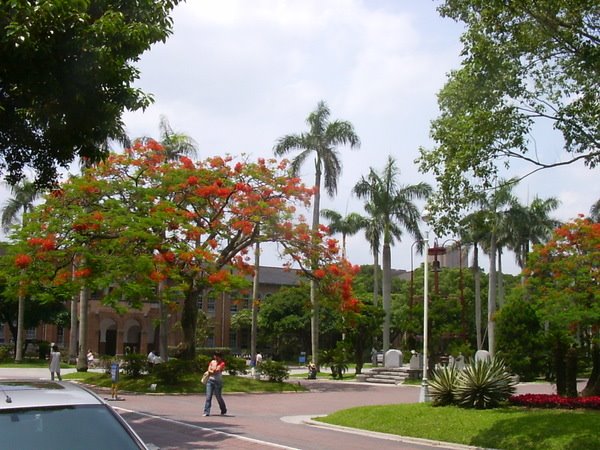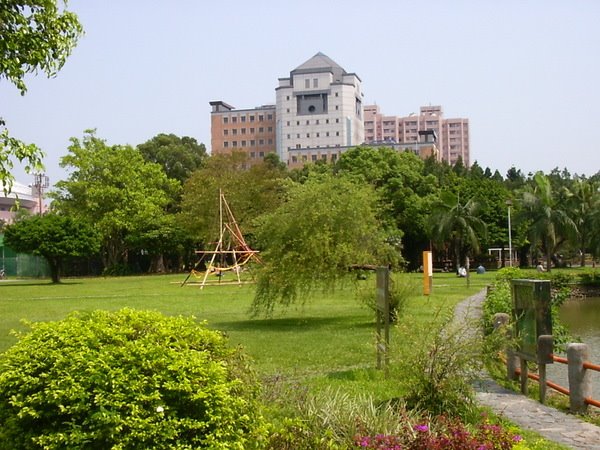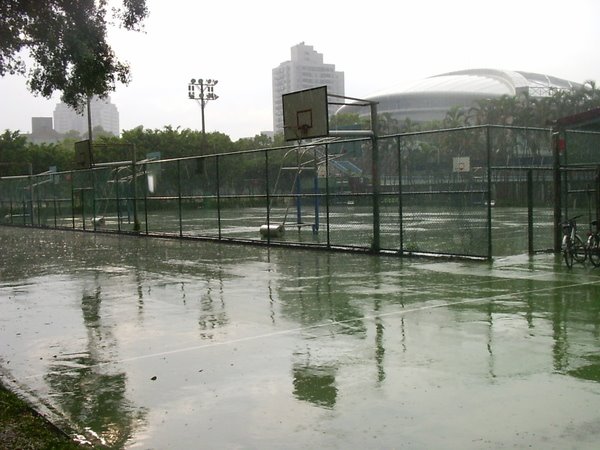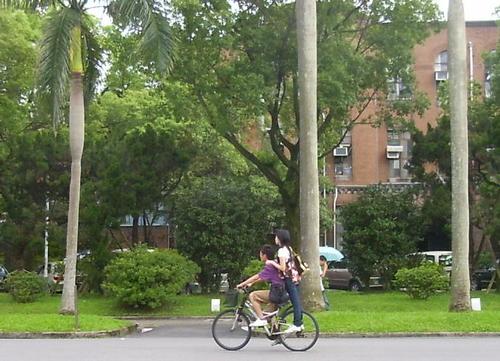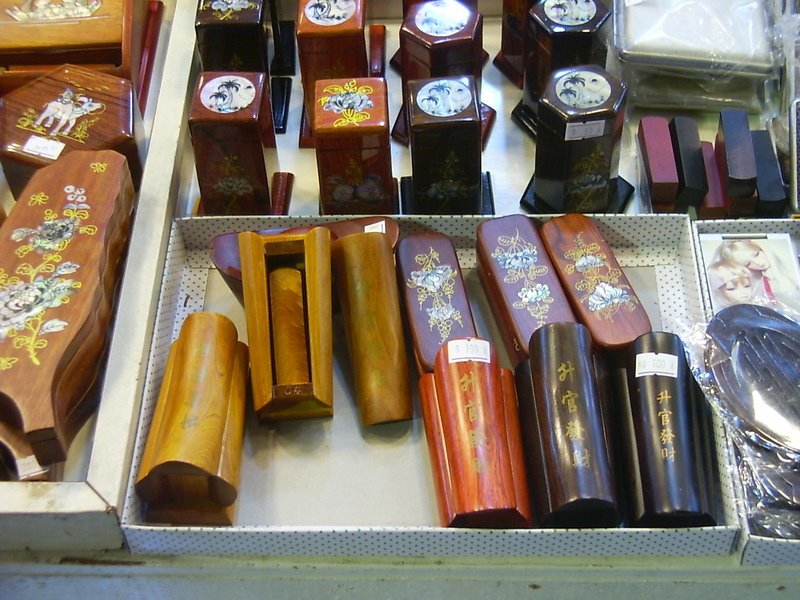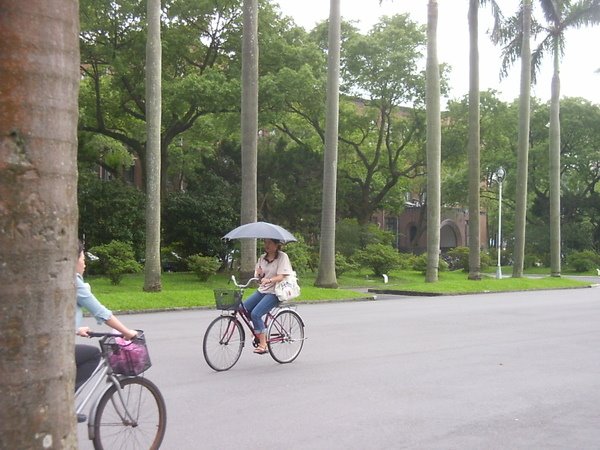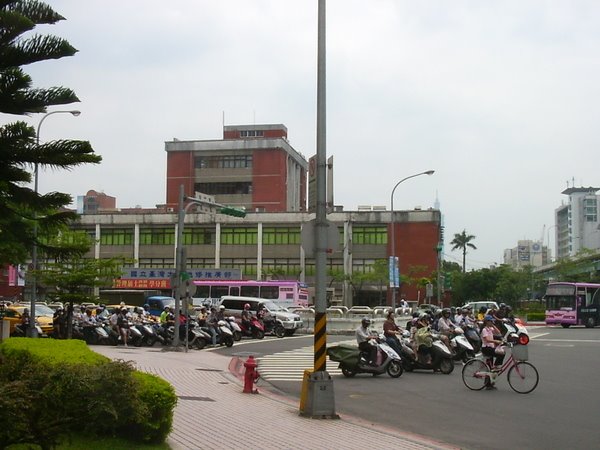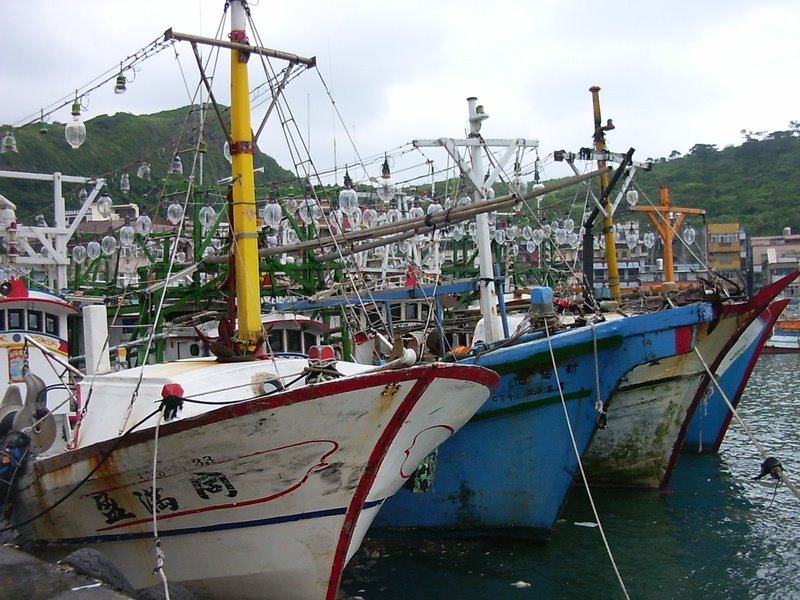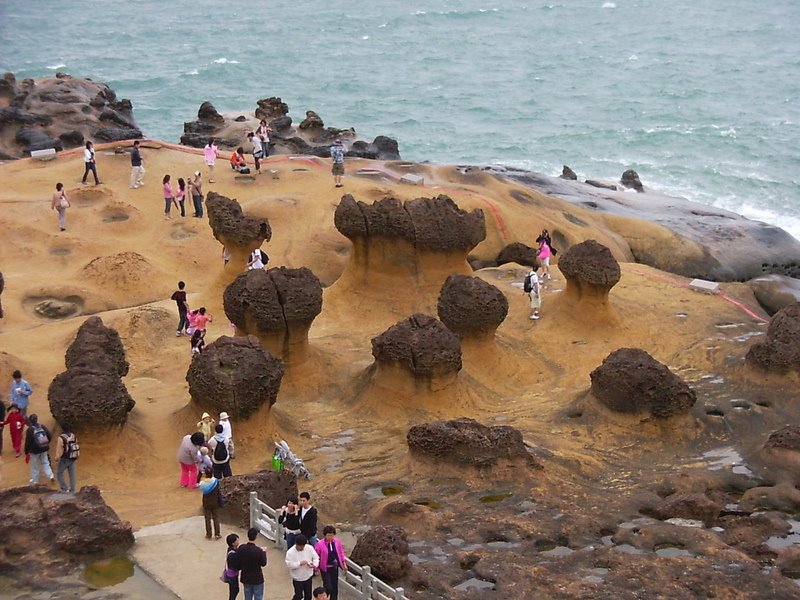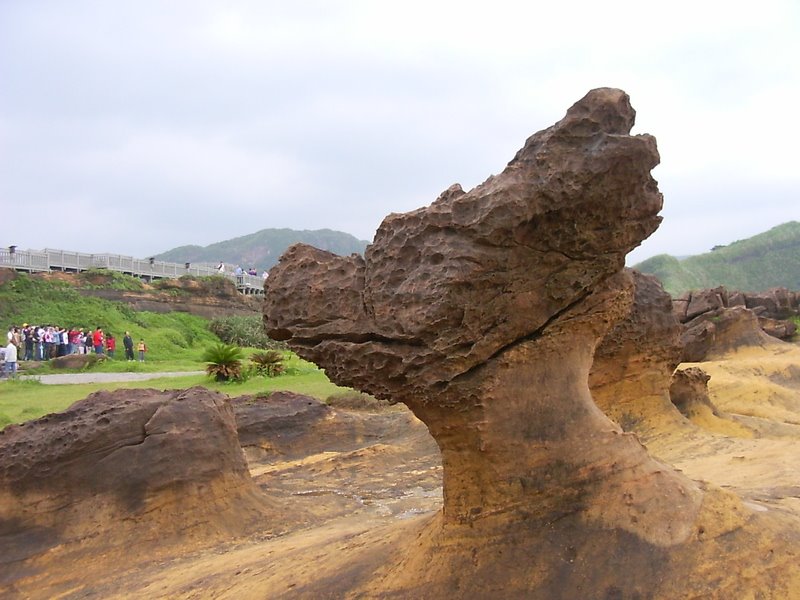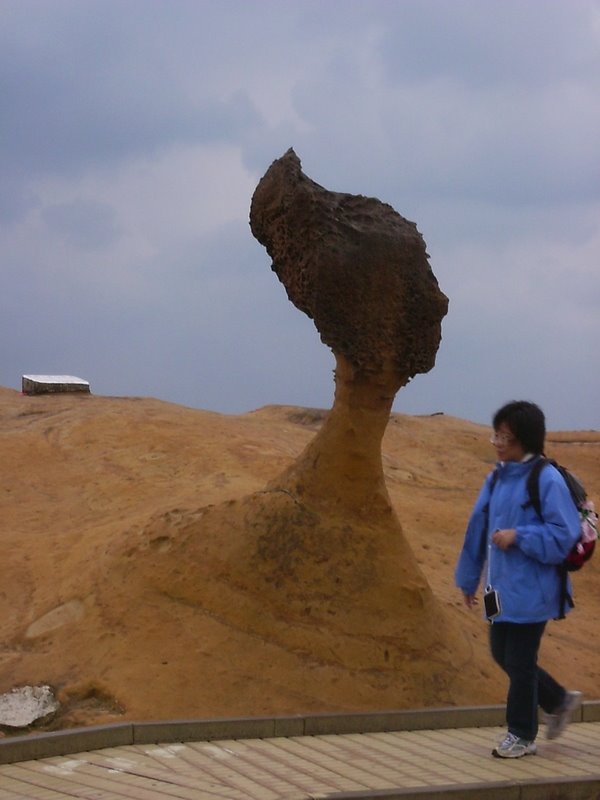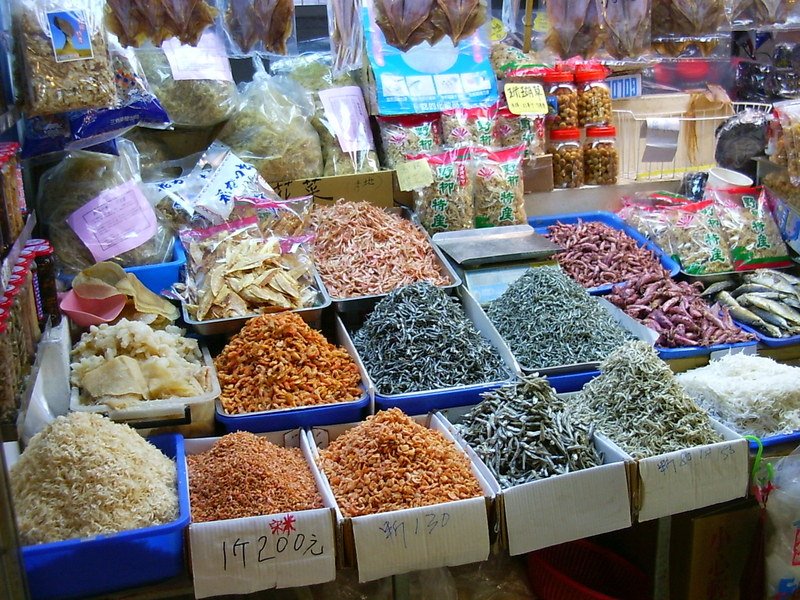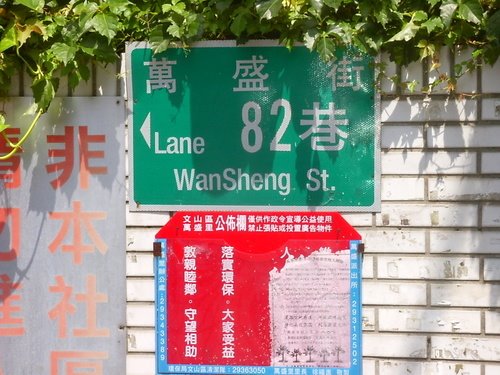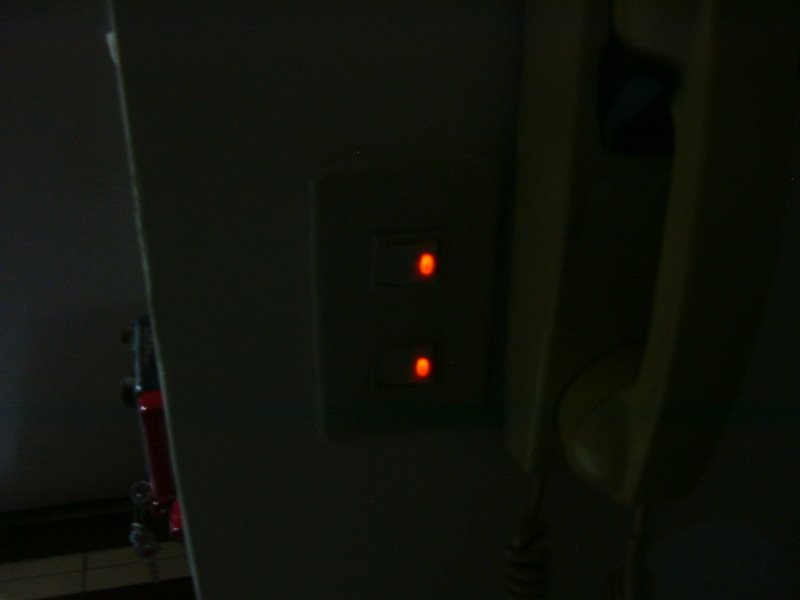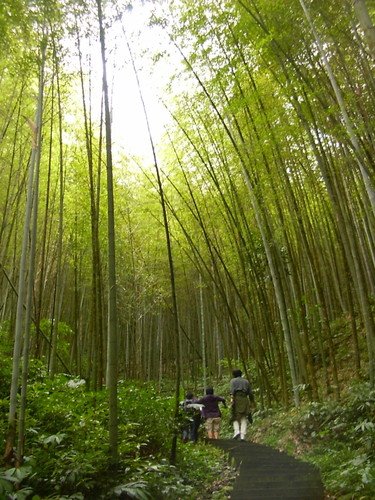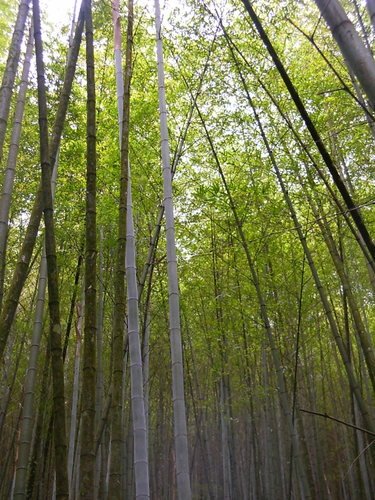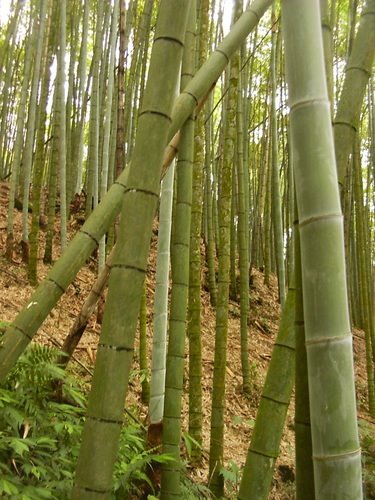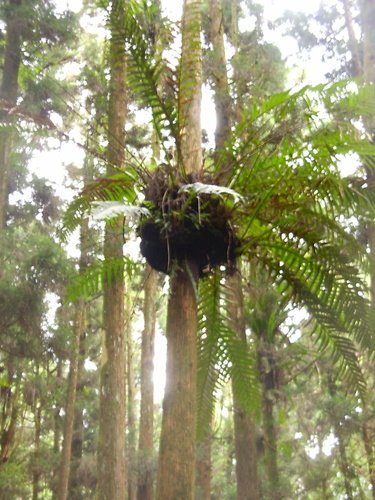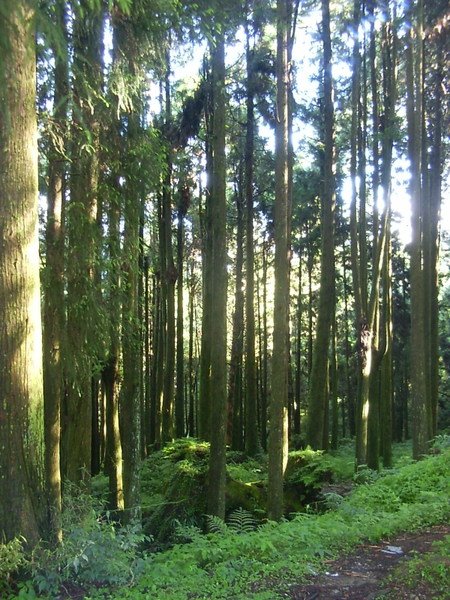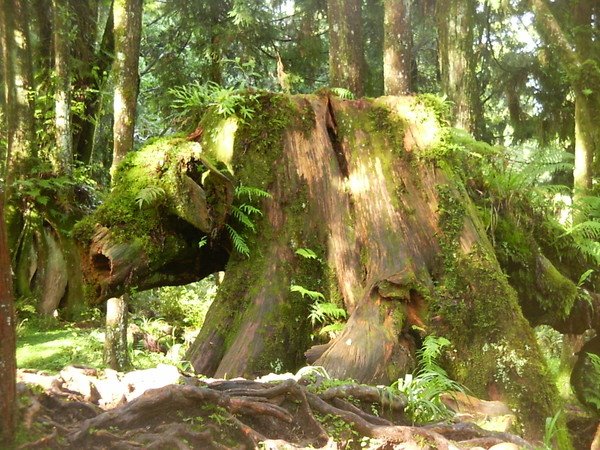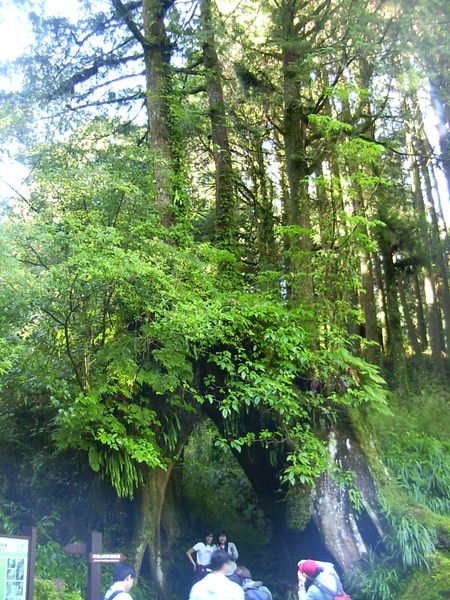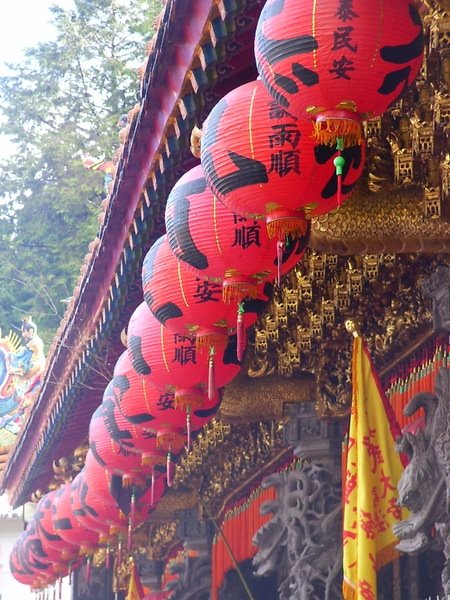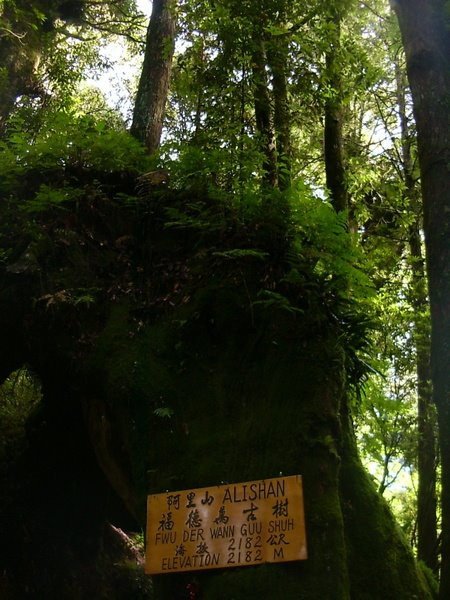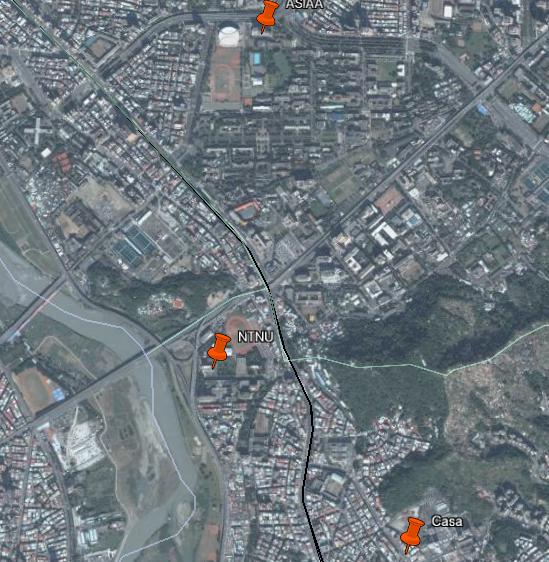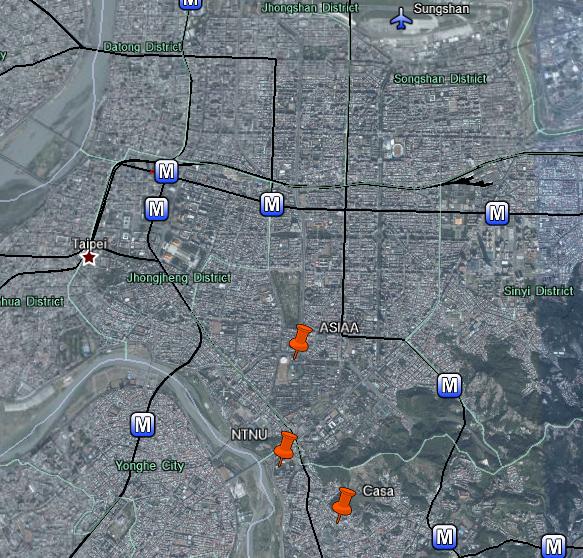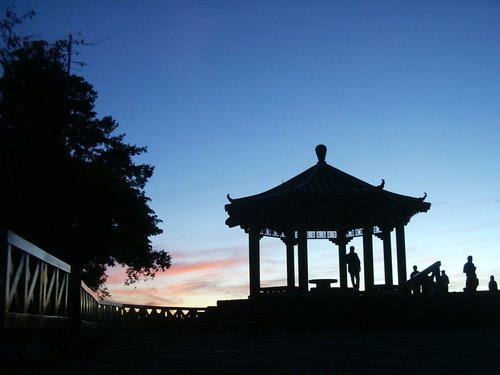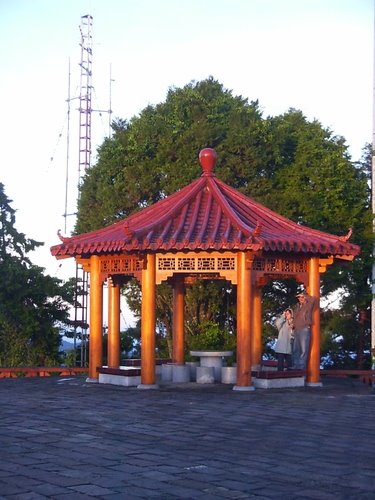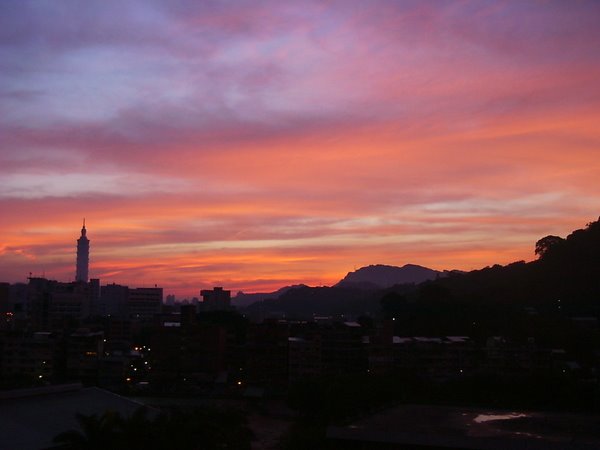I went on another outing these last days, from Thursday to Saturday of last week. This time, it was a trip organized by the ASIAA. It looks like they do the so-called
ASIAA outing once a year. I was surprised that it spanned a couple of working days too, but I never asked. It must be some perk of the job. I did not intend to go initially, when they sent the e-mails to join sometime in the month of May; but when the registration period was extended, and people insisted that I should go because it was a very beautiful place, I signed up. I cannot say they were wrong.
The trip was to the Alishan region, located in Chiayi county, in the southern third of the island. Alishan, which means Ali's mountain, is in the middle of the more mountainous part of Taiwan and I was told that it is considered one of the most beautiful places in the whole island. It is a touristical little village —they talked about it as if it was something really exceptional, but it cannot really compare to similar places in Europe—, that it is invaded by people for the blossoming of the cherry trees sometime in March or April.
So, at 8:30am on Thursday, we took the train to Chiayi (a good oportunity to see new places, I had not seen yet the west coast, and to try to decode the characters of the station names). We arrived there about three hours later, and we took one of the main attractions of the region shortly afterwards: the forest train, narrow gauge, that climbs from the about 30m over sea level of Chiayi up to the almost 2200m of Alishan, following a 71 km trail, that should take about 3.5 hours, but that it was an hour longer for us, because due to the rain, the wheels of the train kept on slipping and the train had to stop every so often —usually in difficult places, like in the middle of a bridge or next to a cliff.
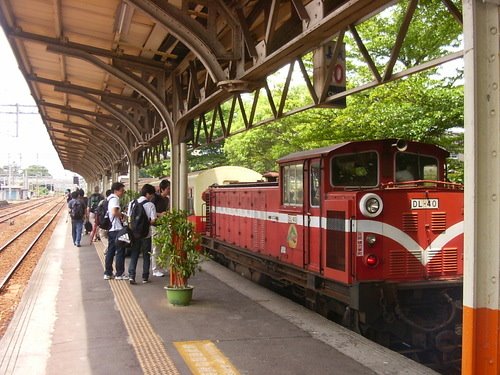
The route is truly beautiful, in spite of the almost constant rain that followed us all the way and the clouds that now covered, then not, the high mountains in front of us.

The railroad track begins in an area of rice fields and tropical trees, but the landscape changes little by little until, at the top, the trees are conifer trees and the temperature bcomes really comfortable: 13-15ºC (even if some people were cold).

As you can imagine, the railroad track turns and twists hundreds of times through the thick forests along the way.

There are also about fifty tunnels, and a very weird route design. At some point, at an intermediate height, the track follows a series of figures of eight, that look impossible in a map
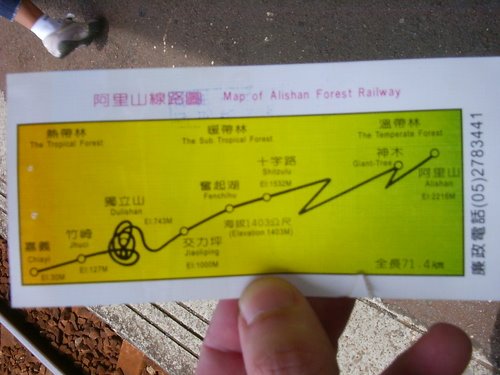
It was planned by the japanese, at the beginning of the XX century to carry the wood obtained from the nearby forests, which they exploited extensively. With time, the train became a touristical attraction. It was severely damaged in the big 1999 earthquake and it was closed for several years. It works now, but many people were joking, because it often derails, three times in the last two months apparently.
We arrived to the hotel in Alishan at about 6:30pm, in time for dinner (they have dinner early here). After a visit to the small market in the main square —which is amost everything that there is, apart from the hotel area— we went to sleep very early, because we had to wake up very early too.


